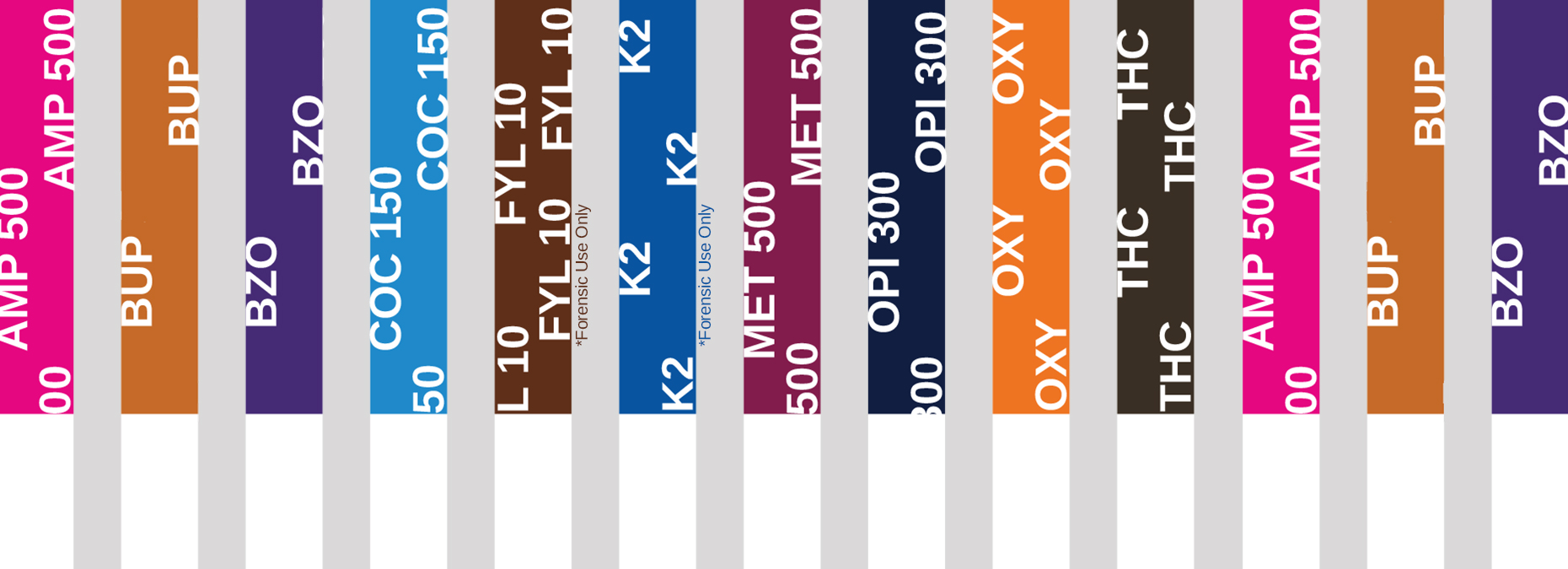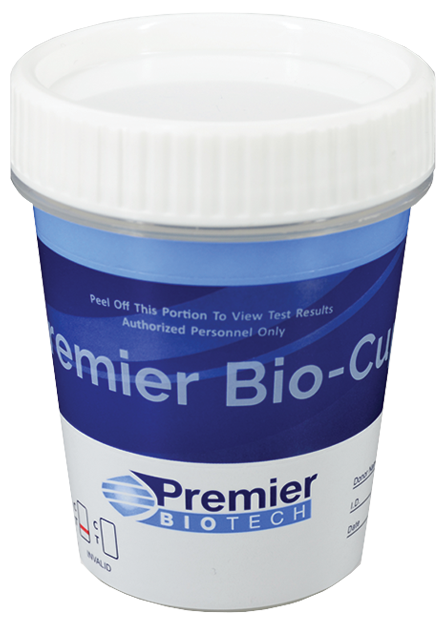
Multi-Drug Testing – A Cost Effective Solution
Most agencies and companies have moved to multi-panel drug testing solutions that test for 5-12 drugs simultaneously because results and studies have shown the multi-drug testing is more effective and less costly in the long run. If you are
still testing with single drug dip cards, particularly under a single “drug of choice” concept, you may want to review the facts on using this protocol which is being challenged by agencies, reports, and studies supporting the need to test for multiple drugs.
Still Testing With Single Drug Dip Cards? Email Us
The “Big Picture” Cost Consideration
The National Institute on Drug Abuse (NIDA) currently states that “Abuse of tobacco, alcohol, and illicit drugs is costly to our Nation, exacting more than $700 billion annually in costs related to crime, lost work productivity and health care.” This means looking at the bigger picture and long-term costs of drug abuse instead of the more limited aspect of individual test costs per offender.
Multi-Panel Randomized Testing Eventually Can Reduce Testing Needs And Other Social Cost Benefits

While Single Dip Tests May Seem Less Costly,
if a single (non-prescription/specialty) drug dip test costs only 38 to 75 cents for a test under “drug of choice” testing, if the offender knows that is the testing process being used and switches to another drug of choice, you are now wasting money with meaningless results.
Reasons To Accurately Address Drug Abuse
In Crime And Corrections
In Criminal Justice, The Main Goals Are To:
• Eliminate Crime and Recidivism – which also reduce costs of programs long-term
• Promote Public Safety but Prepare Offenders for Successful Reentry into the Community as employable, recovered addicts
Study data shows that both renewed criminal activity and recidivism are often a result of renewed drug abuse aimed at numbing the difficulty and shame resulting from a lack of viable financial stability or employment, often resulting in homelessness.
(2014 Report of the Massachusetts Department of Corrections Two-Year Recidivism Study)
Why Effective Testing Programs Include
Prescription Drugs
Many new crimes are thefts of drugs from pharmacies and home invasions. Yet, many states are not testing for prescription drug usage or verifying whether usage has been under a legitimate prescription because their test provider does not offer these instant tests. They need to incorporate these tests into their programs rather than relying on outdated panels to effectively halt these types of thefts that support drug abuse.
- For instance, the Drug Enforcement Agency (DEA) reported that armed robberies of pharmacies jumped 80% between
2006 and 2010, with synthetic opiates often the target of the theft. - Entire communities report getting more concerned when they hear of increased home invasions in affluent or middle class neighborhoods, sometimes resulting in death over an interrupted invasion involving something as petty as prescription drug theft.
Corrections Data
- Statistics show that states with higher drug treatment admission rates than the national average, send 100 fewer people to prison per 100,000 in population.
- Nationally overall, statistics show that 50 to 70% of people
in State prisons have a drug abuse problem and 1 out of 6 offenders admit they committed their crimes just to pay
for drugs. - One recent report states that it costs $3,849 to deal properly with a drug problem before release from corrections, etc. and send someone back into the community to become a viable member of society vs. $47,000/yr. for ongoing incarceration due to recidivism or ongoing crime. That’s approximately $128 per day of incarceration
- Every state is worried about prison overcrowding.
Reductions in drug abuse are reductions in overall
prison costs. - Statistics show on average that 4.9 years are served in prison for sentences related to drug-related use only.
- It was estimated in at least one state-issued report that addressing offender needs for treatment rather than quicker release without treatment could save 5,300 person years of prison time in that state.
- Incarceration has been attributed with saving 37 cents per dollar spent to address crime and offender behavior. However, addressing offender drug problems accurately and timely is estimated by the different states to save $5.88 to $18.52 in budget costs for each dollar spent to address those same issues.
Random Testing With Multi-Panels
If an offender is aware that the State is only testing for a single drug and at certain times, they will often change what they are using and/or plan a usage pattern based on the duration the drug remains in their system to the date/time of the testing. Learn how randomized testing with multiple drug configurations can elevate testing programs.

Multi-Panel Testing With The Premier Bio-Cup
Multi-panel configurations available that test for synthetic opioids including EtG, Fentanyl, K2(SPICE) etc.

